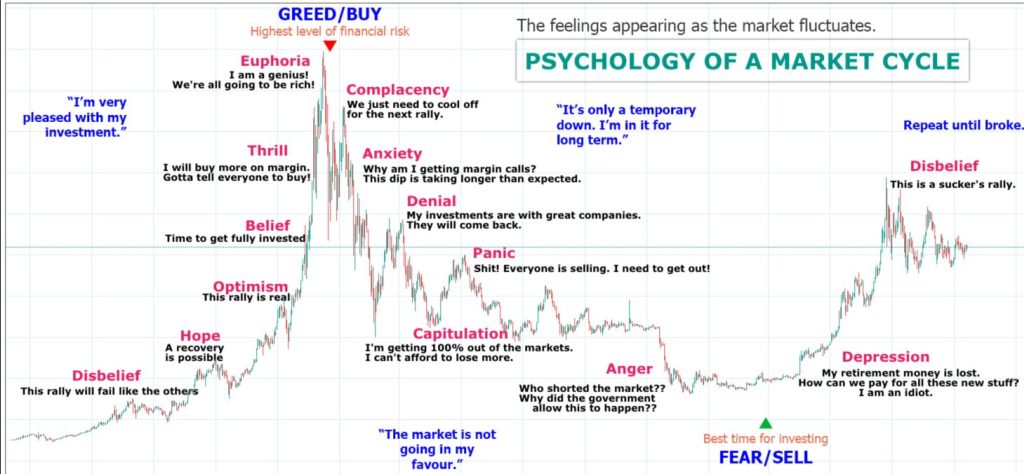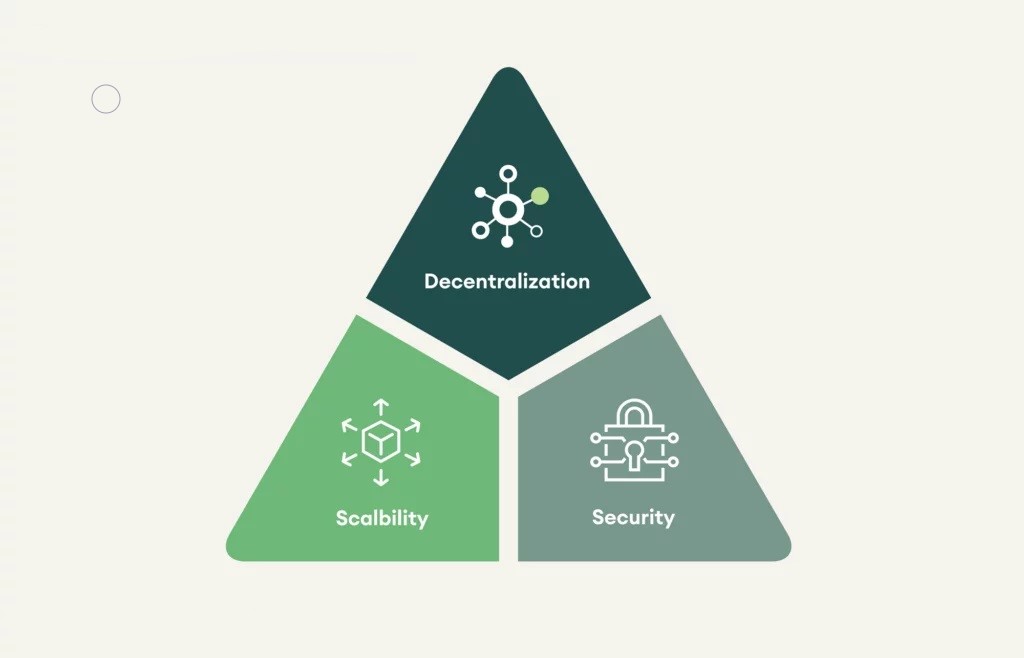Blocks are foundational elements within a blockchain ledger, serving as containers for transaction data that are then linked together to form the distributed ledger.
Block Size
Block size denotes the capacity of a single block to accommodate data. For instance, in May 2021, a block on the Bitcoin blockchain could hold up to 1 MB of data. This limitation, enforced in 2010, aimed to prevent blockchain overload and potential DoS attacks. Originally, Bitcoin’s design allowed for blocks as large as 36 MB, but security concerns led to smaller block sizes.
Block Height
Every blockchain consists of a sequence of blocks, with each block storing transaction information from a specific time period. Blocks are appended to the end of the blockchain at predefined intervals. Block height signifies the number of blocks created before a specific block. The genesis block, which is the first block in the chain, has a block height of 0. It serves as a crucial identifier for each block. Occasionally, two blocks may share the same block height due to simultaneous solving of cryptographic problems by different miners, potentially leading to forks or orphaned blocks.
Block Time
Block time represents the approximate duration required for a blockchain system to generate a new block, influencing transaction confirmation speed measured in transactions per second (TPS). Shorter block times imply faster transaction validation. Increasing block size can expedite block time, but this approach may raise concerns about network security. Longer block times can allow sufficient node updates and minimize rejected blocks. Block time also relates to the time taken by a validator to solve a transaction hash, influenced by mining difficulty. Network congestion can affect block time by slowing down transaction processing.



